I remember teachers telling me to close my vocal cords, and occasionally do other stuff with them I had no idea how to do. Obviously that was frustrating, so I was relieved when I finally learned how to control them. Because closing the vocal cords is where real vocal control is achieved.
What is false control over your singing?
If you ask me, people who end up using effort while singing usually get a false sense of control over their voice by using extra muscle tension. They tense up the jaw, tongue, throat, neck, shoulders. It gives a feeling of "doing something to make the sound happen". I was like that, too. But actually all we are doing by that is narrowing and limiting the resonances of our instrument and pressuring the larynx and vocal cords. It's extremely difficult to control anything vocally that way.
What is a real vocal control?
The bottom line is that you are able to manipulate your voice do sounding in different ways, volumes and qualities with minimum effort. The biggest challenge normally is: producing a full, rich and loud sound without effort. That can be done if know how to close your vocal cords. At least this is the basic requirement, and here is why:
We can compare closing the vocal cords to a balloon that you let air escape through. The opening has to be tight enough to produce a real sound. Yes, it's super horrible sound, but don't worry, with the help or our vocal resonances our voice won't sound like that when we close our vocal cords 🙂
The sound and the air play a zero sum game: more air - less sound. Less air - more sound. Think of a whisper, it's a lot of air, almost no sound. That's the idea. So closing your vocal cords only a little bit, will allow for more air through, giving you an airy, whispery sound. Closing them fully (without totally shutting them of course) will give you a rich and loud sound.
Another benefit of the vocal cords closing is that you can sing beautiful long phrases. The vocal cords are a gate that keeps the air from escaping too fast.
How do I close my vocal cords?
The following exercises will teach you how to fully close your vocal cords.
Is an airy sound a bad thing?
No. And yes. The default healthy function of the vocal cord is to close fully when they vibrate. But there are quite a few singing styles in which it is more than appropriate to use some air in the voice, such as pop, rock and jazz. But I wouldn't recommend singing airy all the time, that is not vocally sustainable, because, well, in so many words, the vocal cords don't like that.
You can always close your vocal cords less and get more air in your voice after you have learned to close them. No problem, but i would like you to have the choice, and the control over that.
Exercise 1. Exhale and stop the air
5:03 in the above video. This is a way to make the mechanism of closing the vocal cords active and conscious. Breathe out, breathe in, then exhale a tiny bit and STOP. Make a small sound like 'he'. Don't give me a HUUH! Keep it small. We don't want to put pressure on our vocal cords.
Next part of the exercise. After closing the vocal cords in this way, start talking (without an additional breath) while pretending you're not breathing out. Of course, in order to make a sound, some air has to come through - but pretend that you're not!
Pro tip: you can replace this speaking with any kind of vocal exercise. In the video above I do the 5 Italian vowels.
I teach singing online
Let me find your bright spot.
Exercise 2. 'Uh-oh' on the notes
11:35 in the above video. A nice way to practice the vocal cords closing real fast and 'small', is the 'uh-oh' sound. We will then say 'uh-oh' on the note: 'uh-oh' 'uh-oh' 'uh-oh' (3-2-1). Don't try to sing, really say it. If you feel a big pushy HUUGH, then think about a smaller sound. Thinking of a naive child helps: uh-oh...
Exercise 3. Twang / squeaky voice
14:53 in the above video. I really like this one for closing the vocal cords. I use it in every warm-up. Every time I need more volume, more range, it's just good overall.
We will do the magic ngya. So the NG and then the YA, but short after one another. Really simple, on the notes: 5-4-3-2-1. Put on your bad-ass-face: cheeks up, jaw down. Higher notes will feel much easier when you do them on the NGYA.
Exercise 4. Robot voice
18:22 in the above video. The first step of the robot voice exercise is about closing the vocal cords immediately after starting each syllable. You're barely letting any air out in this staccato, 1980's robot way of speaking. See 20.03 in the above video. Say a phrase from a song you want to sing in the robot way. The next step is to do it on the notes, and pretend that you are not using extra air (even if you are!).
Take note
Pay close attention to what it feels like, the vocal cord closure. It should feel minimal, like not making an effort. If you feel a big pushy HUUGH, then visualize a smaller sound.
This tutorial is basic vocal function. If you get this right and combine that with good resonance (volume) - you will be amazed what comes out. The sky is the limit then!
Let me know how the exercises help you or if you need clarity on anything we talked about here, regarding the vocal cords. And welcome to the world of control over your singing.
Also: check out the other exercises.
Speaking about vocal exercises...
What you get on this page is a toolbox. Having a toolbox is one thing, becoming a carpenter another. For systematic and lasting improvement you need a system and guidance. So...
Take your desire to sing seriously: get tools to become a better singer in your inbox
Eye-openers, tips and stories. Also material that I don't publish on my website.

About the author
Linor Oren
I'm an opera singer and (online) voice teacher, based in Amsterdam. It took me more than a decade to overcome my share of mental and physical issues and reach a professional level as a singer. Because of this background, and my 10+ years of teaching experience, I believe I can speed up your learning curve as a singer.

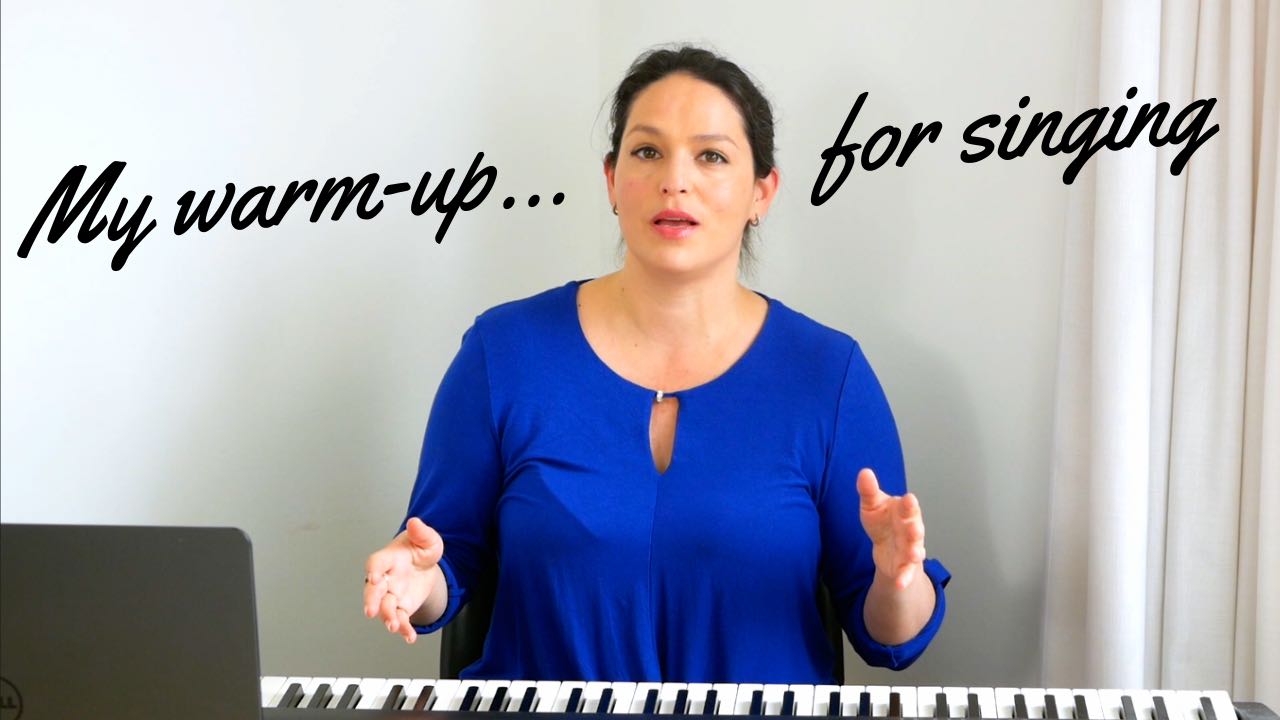
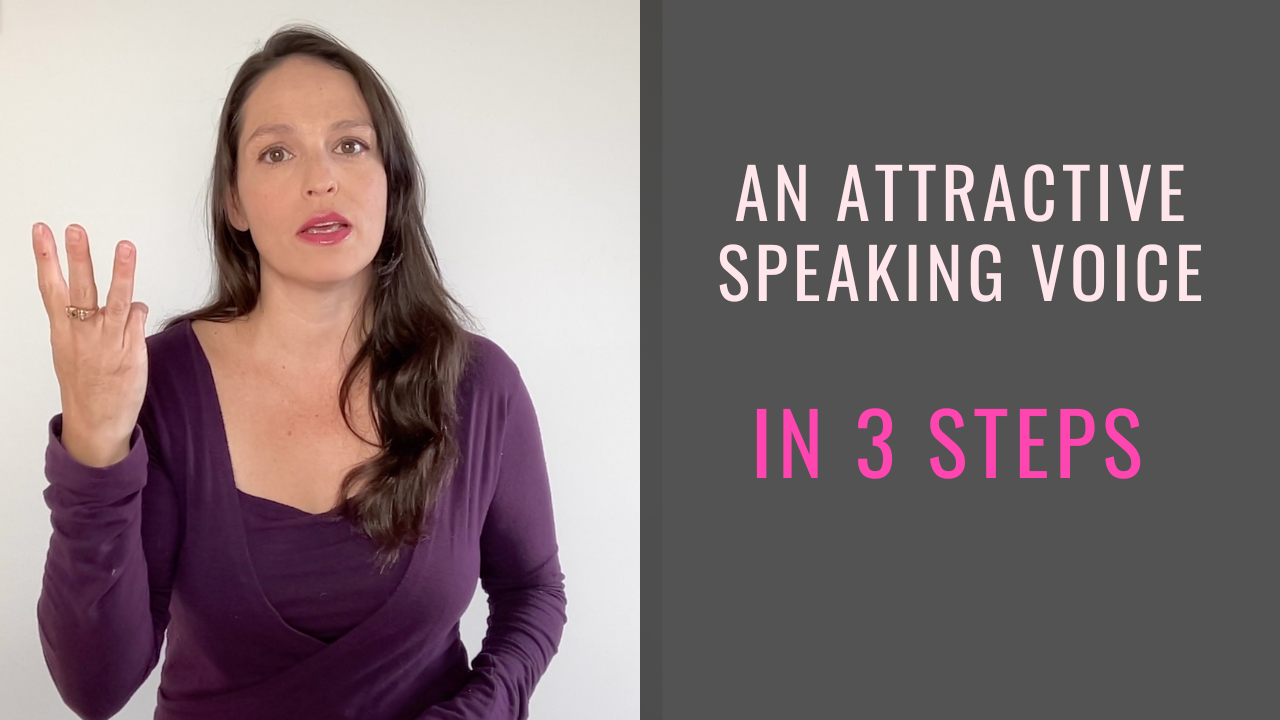
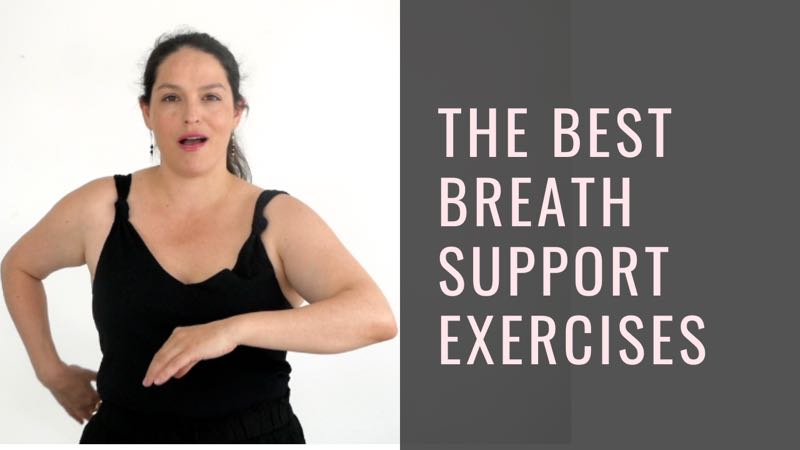
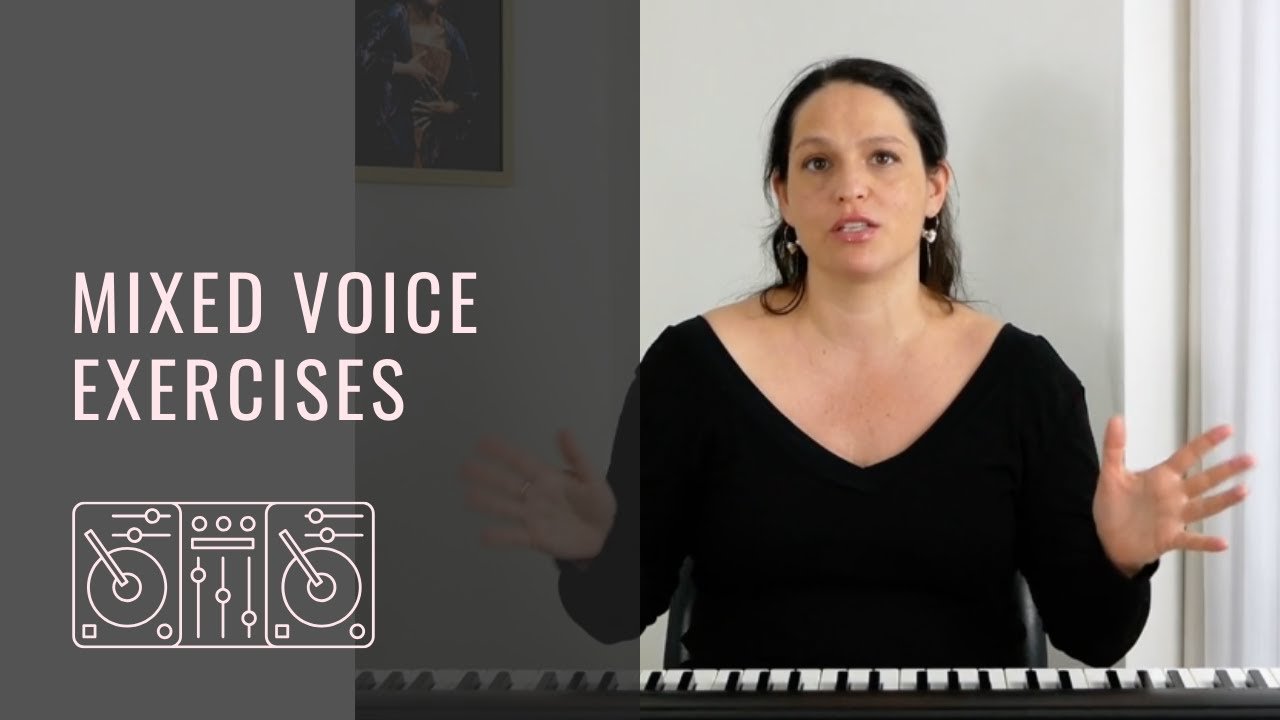
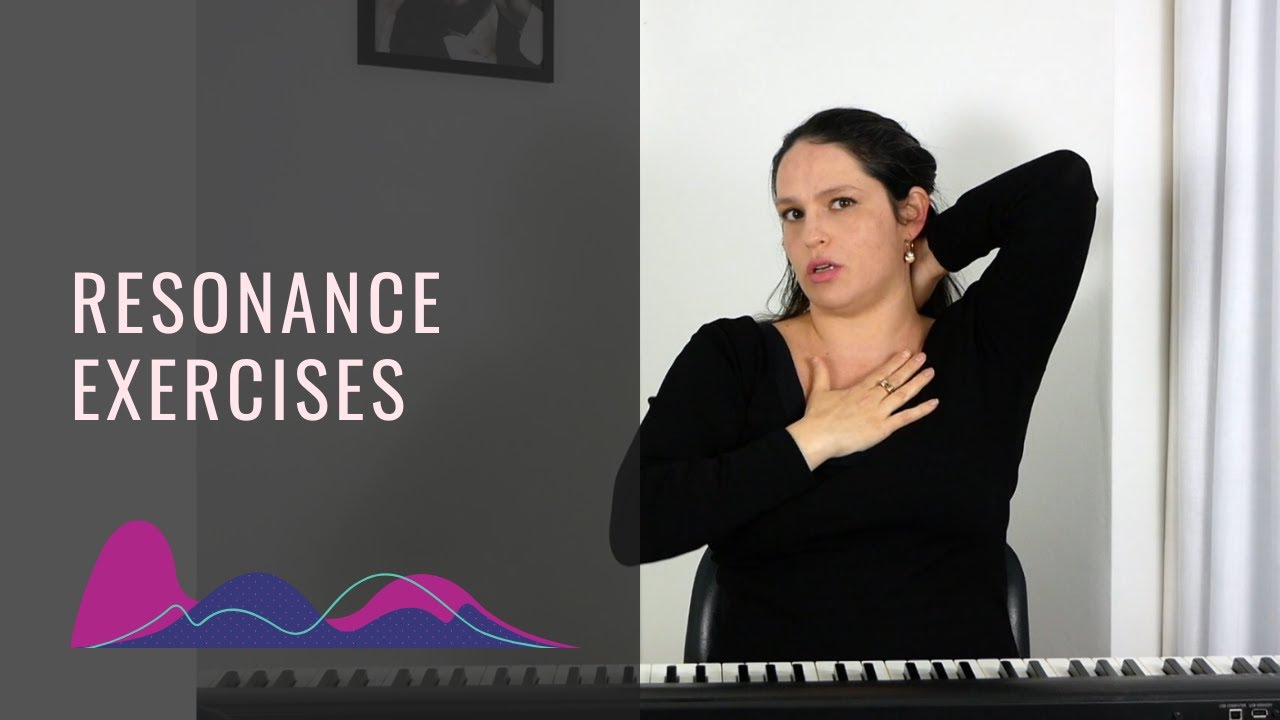
Thanks this was a good read!
Thanks, so happy to hear you enjoyed it. Did you also sing along?